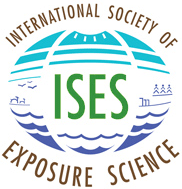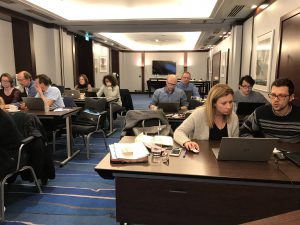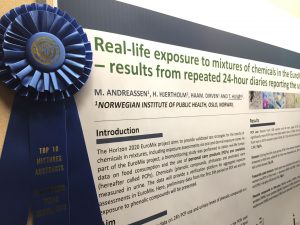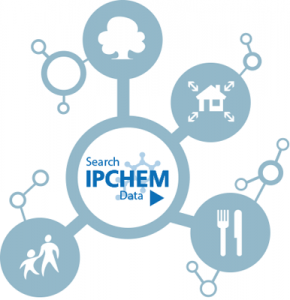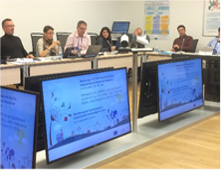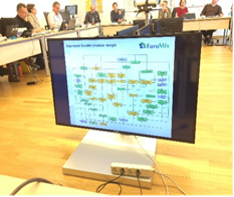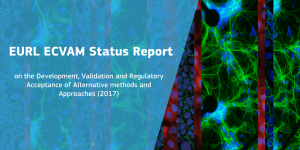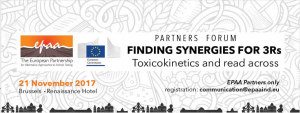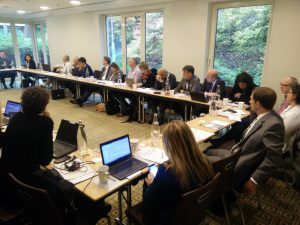Five EU-funded H2020 and FP7 research projects i.e. EDC-MixRisk, EuroMix, EU-ToxRisk, HBM4EU and SOLUTIONS, are working together to address different aspects of the impacts of chemical mixtures and combined exposure. The projects have engaged into an exchange between the consortia, European Commission Services and relevant EU Agencies in order to identify remaining gaps in mixture research and policy. As a result of this effort, a joint workshop entitled “Advancing the Assessment of Chemical Mixtures and their Risks for Human Health and the Environment” was organised at Joint Research Centre, Ispra, 29-30 May 2018. The workshop brought together around 60 experts working in the field of chemical mixtures.
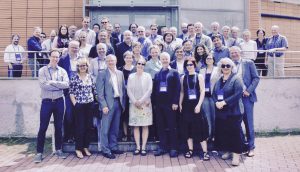
The workshop provided a great forum to discuss the latest advancements in science as well as research and policy needs in order to make progress in mixture risk assessment and management. The topics of the workshop included hazard and exposure assessment, data and tools, and risk analysis and governance. The international horizons and developments outside the EU were covered by keynote speakers from USA, Japan and OECD.
Although much progress has been achieved over the recent years, the participants stated that it is evident that more needs to be done to better address the combined exposure of multiple chemicals, both in terms of intentional (e.g. pesticides and cosmetic products) and unintentional mixtures (e.g. contaminants via air). One of the major gaps continues to be the lack and availability of data. The Information Platform for Chemical Monitoring, IPCHEM is addressing the gap for chemical monitoring data. However, another big challenge remains in the accessibility and quality of data on (eco)toxicological properties and on the types of use of chemicals.
In the group and plenary discussions, ideas were brought up on improving governance aspects to better protect public health and environment from hazardous chemical mixtures. The proposals from many project participants included e.g. encouraging policymakers to look into the opportunities of establishing clear legal mandates for mixture risk assessment within EU chemicals and environmental legislation and across the regulatory silos. It was also suggested that “protection goals” should be established for human health, applying the idea and concept from the Water Framework Directive which requires good chemical and ecological status for European water bodies. For humans, similar type of “protection goals” could be set for good chemical and health status. Furthermore, it was raised that there is a need for developing uniform principles and harmonised approaches for performing human and environmental mixture risk assessments. In practice, also procedures should be piloted and put in place to enable more holistic and systematic mixture risk assessments, across regulatory bodies and sectors. It was concluded that interdisciplinary and international collaboration as well as dialogue between scientists, regulators and policy-makers are essential to make progress in the mixture efforts.
The workshop outcome and future research needs will be published later in 2018.
JRC has published recently a news item on chemical mixtures and safety of combined exposures here.
JRC has also published a related Policy Brief: “Something from nothing? Ensuring the safety of chemical mixtures”.
[subscribe2]
